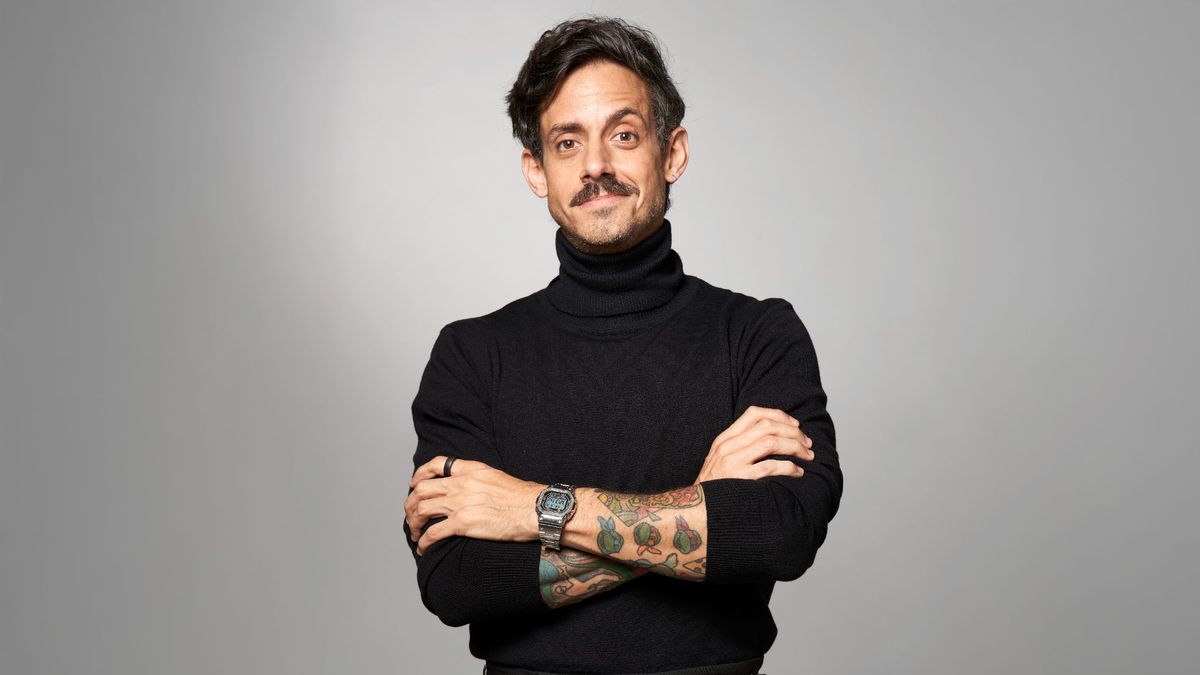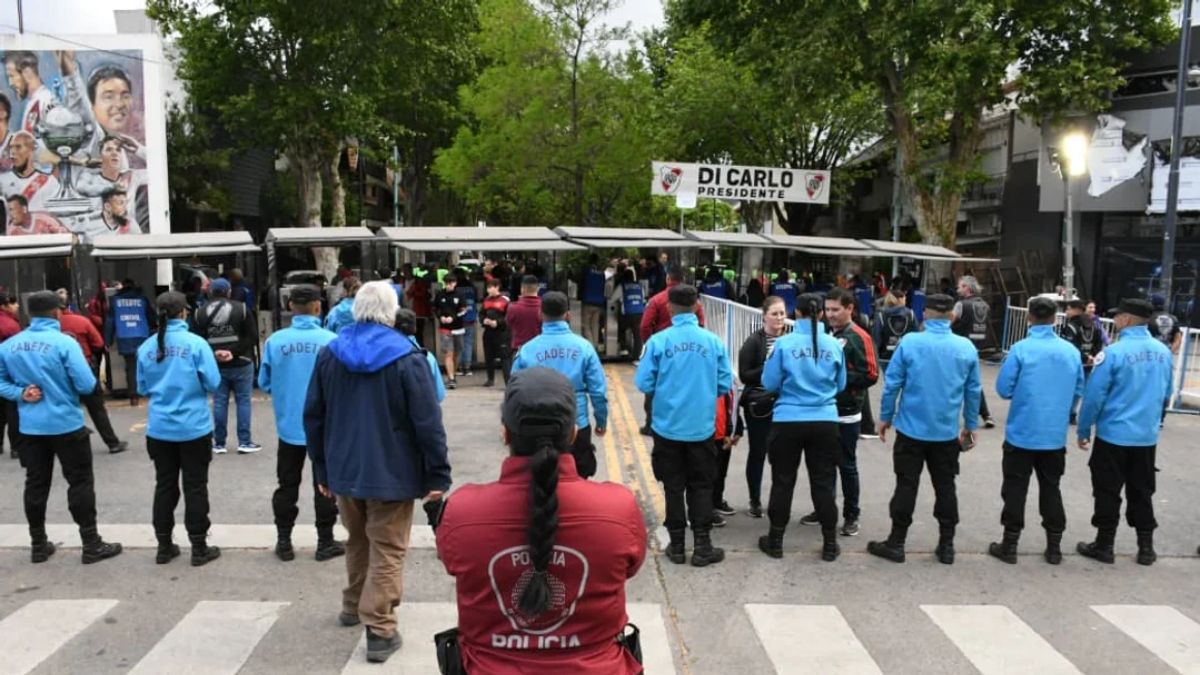“One of the strengths of the work is the speed with which the protagonist low from ten or fifteen through a frantic change in its characterization,” says Marcelo Caballero, Director of “Chanta”, of Mariano Cohn and Gastón Duprat, starring Agustín Rada they will aristar as Julio Ballesterosa man who, after his death, reflects on his life, society and the hypocrisy that surrounds him. Throughout different stages of his life, the work exposes with a cynical, scathing and deeply ironic tone the contradictions of the protagonist and Argentine society. It offers functions in the metropolitan. We talked with Caballero.
Q.: What interested you about the proposal to keep this text on stage?
Marcelo Caballero: I found it irresistible to carry Duprat Cohn’s first work thought for theater, their universe always seemed very attractive, that de -romantic version of Argentinity, as they tell it, with axis in characters that in other stories can remain as antagonists or significant types and they manage to tell that and turn them I do not know if it is dear but recognizable. I was captivated that acid humor that has fun as a spectator. Doing it with Rada that is a friend was another point in favor, there was a lot of play in the invitation to direct it.
Q.: How did you think about being that they are reflexive monologues?
MC: The work presents a very work of the universe of the authors, is about to turn 80 and dies, and from the drawer after dead he presents himself and tells us about his perception of being in that place. What happens to a guy who has just died. The work goes back and travels the key moments of his life and the public gets to curly into those postcards and great milestones that build him as the person who ends up being. The staging built a kind of time machine that is transformed to travel from postcard in postcard. It is done with a very nice device to see, how the work is counted is one of the great bets.
Q.: Do you have the imprint of the series or films of that pair? What is recognizable?
MC: Everyone who has visited Duprat Cohn’s work will recognize his features. It is a condensed and powerful version of the characters they worked. With the difference that it is intended for the theater, then that character has another aesthetic, had other resources, dialoguing with the public, teaching the magic passes it makes to become that chanta and that the public recognizes them. The work faces us with the most significant of our culture and how it moves you away or brings you closer.
Q.: How was work and acting marking with Agustín Rada?
MC: When we have fun we play as children, it is what I like the most. We know each other a lot in our director’s actor roles, it is the fourth work we do together, we know what the fort of each one is, as these two visions are engaged and take something that entertains us. We have in common the sense of game and humor. We both believe that humor is a great political position against life. Having the possibility to face a work space from that place is a blessing and thanks to the producers for enabling those spaces. It is pure enjoyment, we went to find that what summons us happens to the public asking questions and recognizing this character, Julio Ballesteros, who is fun with the quantity and wondered how chanta is one.
Q.: What can you say about its characterization?
MC: It is the strong point of the work for the speed at which the protagonist lowers at ten or fifteen. Sections of maintaining the frantic rhythm that we believe needs this work, which is maintained in the transitions, the monologues and moments where the actor has the need to change, there are people behind running so that he not only changes the stage but that the protagonist arrives in time to each of the changes.
Q.: What will the public find?
MC: The public will ask about that limit that separates the Gonta from the Garca, a visually imposing show, development of unusual production, aesthetic work, laughter laughing, is a pineapple, moves away, approaches, and builds that detestable and recognizable being. And the theater has to continue resonating days later and go beyond what has happened inside the room.
Source: Ambito
I am an author and journalist who has worked in the entertainment industry for over a decade. I currently work as a news editor at a major news website, and my focus is on covering the latest trends in entertainment. I also write occasional pieces for other outlets, and have authored two books about the entertainment industry.




